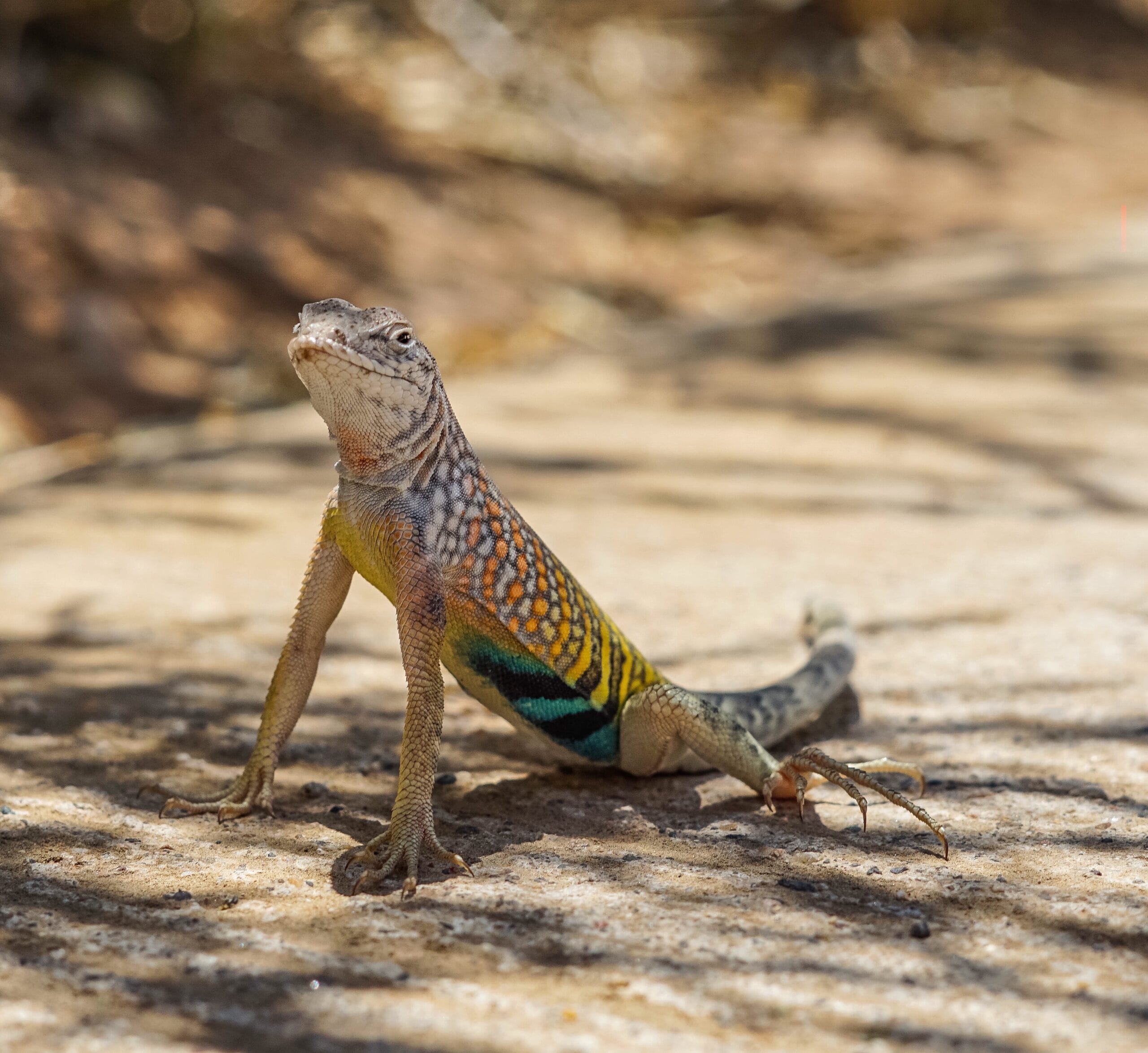Why Do Lizards Do Push-Ups? Unveiling the Secret Language of Reptiles
You’ve likely seen it – a lizard bobbing its head and doing what look like miniature push-ups. These “reptilian workouts” aren’t about building muscle; they’re about securing territory, attracting mates, and surviving in a harsh world.
Lizard push-ups are a complex form of communication, conveying messages of dominance, courtship, and even simple attention-seeking. Like a subtle dance, the frequency, intensity, and context of a lizard’s push-ups reveal a hidden world of social dynamics.
Cracking the Code: Understanding Lizard Communication
Lizards may not speak our language, but they’ve got their own ways of making themselves understood. Their push-ups are far from random; they’re carefully choreographed displays packed with information.
“Lizards primarily use push-ups as a form of communication,” explains Heather Bateman, a field ecologist and conservation biologist. Just as in human society, communication is key for maintaining social structure and preventing conflicts.
Dominance Displays: “This Is My Turf!”
In the lizard world, size matters. Male lizards often use push-ups to assert dominance, especially when other males are present. By puffing themselves up and performing vigorous push-ups, they’re sending a clear message: “I’m strong, I’m in charge, and you should probably back off.”
- Territorial Defense: Push-ups are a key part of defending a territory, especially when resources like food and mates are scarce.
- Avoiding Confrontation: Dominance displays help prevent actual fights, which could lead to injury for both lizards involved.
Courtship Rituals: “Hey Ladies, Look at Me!”
Push-ups aren’t just about intimidation; they’re also about impressing potential mates. Male lizards often amp up their push-up game during mating season, using them as a way to attract the attention of females.
- Showcasing Fitness: Vigorous push-ups signal good health and strength, desirable traits in a mate.
- Visual Appeal: Some species, like anoles, combine push-ups with extending brightly colored dewlaps (throat fans) to create a captivating visual display.
Beyond Dominance and Dating: Other Reasons for Push-Ups
Even in captivity, lizards display this innate behavior, suggesting a deeply ingrained instinct rather than a learned response. This suggests that there’s more to these push-ups than just dominance and courtship.
- Attention-Seeking: Could those push-ups from your pet lizard be a way of saying “Hey, look at me! I need some attention”? Some experts believe this is a possibility.
- Communication with Humans: Just as dogs have learned to communicate with us through barks and tail wags, maybe lizards are trying to bridge the communication gap with their own form of body language.
Myths and Misconceptions: Do Push-Ups Keep Lizards Warm?
While some sources mention push-ups as a way for lizards to regulate body temperature, this is a misconception. Lizards are ectothermic (cold-blooded), meaning they rely on external sources like the sun to regulate their body temperature. While the physical exertion of push-ups might generate a tiny amount of heat, it’s not their primary method of thermoregulation.
The Future of Lizard Research: Unraveling the Mysteries
There’s still much we don’t know about lizard push-ups and the intricate ways they communicate. Scientists are continually making new discoveries about animal behavior, and what we know today might change with future research.
- Species-Specific Variations: How do push-up displays vary across different lizard species? Are there subtle differences in form, frequency, or meaning?
- Environmental Influences: Do factors like habitat, temperature, or food availability affect how often and how intensely lizards perform push-ups?
- The Role of Evolution: How did this unique form of communication evolve in lizards, and what are its evolutionary advantages?
By studying lizard push-ups, we’re not just learning about the fascinating world of these reptiles; we’re gaining a deeper understanding of the complexity and diversity of animal communication as a whole. So, the next time you see a lizard doing push-ups, take a moment to appreciate the hidden language they’re using – it’s a reminder that the natural world is full of wonders waiting to be discovered.
Do you know why dogs’ feet smell like Fritos? You’ll never guess the reason! Have you ever taken Nyquil and wondered why it makes you sleepy? The answer may surprise you!
- Unveiling the Enigma: Mansoureh Khojasteh Bagherzadeh’s Public Appearances & Private Life in Iran - July 18, 2025
- Unveiling the Mystery: Mansoureh Khojasteh Bagherzadeh’s Husband: A Rare Glimpse into a Private Life - July 18, 2025
- Unveiling Masoud Khamenei’s Mother: Power, Influence, and Iran’s Future - July 18, 2025

















2 thoughts on “Why Do Lizards Do Push-Ups? The Science Behind This Curious Behavior”
Comments are closed.